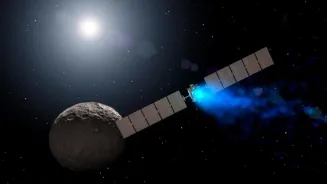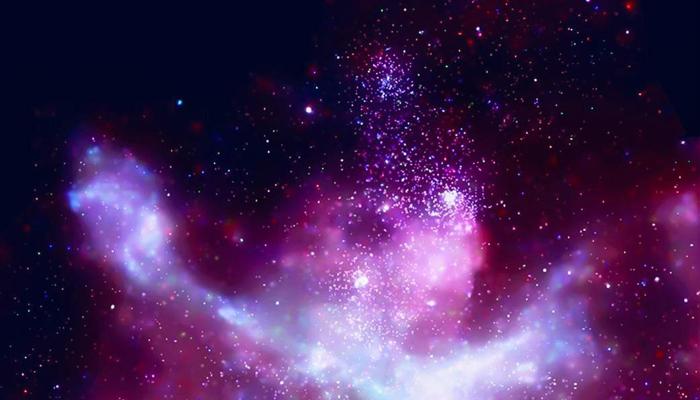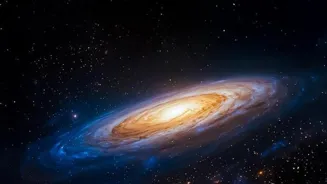Unveiling the Birth of Our Solar System: A Cosmic Tale 🌌 Dive into the creation of planets and stars, a breathtaking journey through time and space. Discover the secrets of how our universe evolved from
stardust to the magnificent celestial bodies we see today. Join us on this mind-blowing adventure! 🚀
Namaste, readers! Today, we embark on a fascinating journey through time to unravel the mystery of how our very own solar system came into being. It's a story billions of years in the making, filled with cosmic dust, swirling gas, and the relentless force of gravity.
Forget the daily dose of Bollywood gossip for a while and prepare to be amazed by the sheer scale and grandeur of the universe! This story is all about how everything around us, including our beautiful planet Earth, took shape from basically nothing. Get ready to have your mind blown!
A solar nebula formed planets from stardust elements
The story begins way back, approximately 4.6 billion years ago. Imagine a huge cloud of gas and dust floating in space, a cosmic soup if you will. This cloud, known as a solar nebula, was the raw material for our solar system.
It was primarily composed of hydrogen and helium, remnants from the Big Bang, along with heavier elements forged in the cores of dying stars. These heavier elements, like iron and silicon, would eventually become the building blocks of planets.
So, next time you admire a shiny piece of jewelry, remember it’s stardust! These elements got created in dying stars, and they are what makes up this solar system.
Shockwave from supernova triggered solar system formation
Now, what triggered this cloud to collapse and start the process of solar system formation? Scientists believe it could have been a shockwave from a nearby supernova, the explosive death of a massive star.
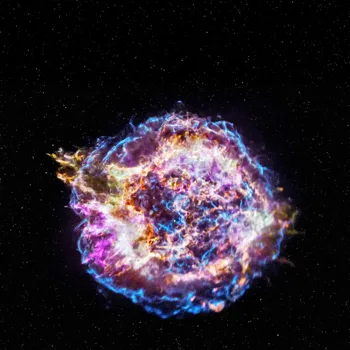
This shockwave would have compressed the cloud, causing it to begin collapsing under its own gravity. As the nebula collapsed, it began to spin faster and faster, like a figure skater drawing their arms in.
This spinning motion flattened the cloud into a swirling disk, much like a cosmic pizza dough being tossed in the air. In the center of this disk, the majority of the mass began to accumulate, drawn together by the ever-increasing gravitational pull.
This collapse created heat as all the gas and dust came closer and closer.
The birth of the Sun through nuclear fusion shapes our solar system
At the heart of the swirling disk, the pressure and temperature increased dramatically. Eventually, it became so hot and dense that nuclear fusion ignited, marking the birth of our Sun.
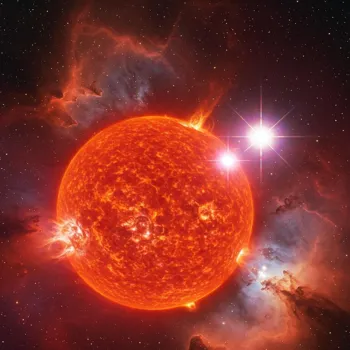
Nuclear fusion is the process where hydrogen atoms fuse to form helium, releasing enormous amounts of energy in the process. This is what powers the Sun and provides light and heat to our solar system.
The newly formed Sun, in its infant stage, was much more active than it is today, blasting out powerful solar winds that would play a crucial role in shaping the remaining disk.
This powerful force not only gave birth to the star at the heart of our solar system, but also impacted the disk of gas and dust around it.
Dust grains formed planetesimals, then protoplanets, shaping our planets
Meanwhile, in the swirling disk surrounding the young Sun, dust grains began to collide and stick together. This process, known as accretion, gradually built larger and larger clumps of matter. Think of it like rolling a snowball – the more you roll it, the bigger it gets.
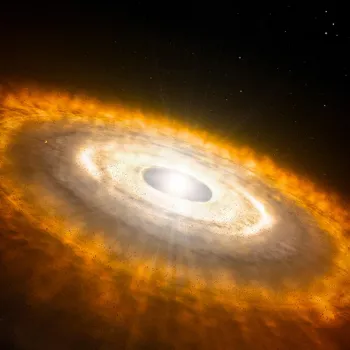
These clumps eventually grew into planetesimals, small bodies a few kilometers in size. Planetesimals continued to collide and merge, eventually forming protoplanets, the precursors to the planets we know today.
This slow but persistent process of accumulation laid the foundation for the planets that now circle the star.
inner solar system's intense heat shaped rocky, metal-based terrestrial planets
In the inner solar system, closer to the Sun, the intense heat prevented volatile substances like water and methane from condensing into solid form. This meant that the planetesimals in this region were primarily composed of rock and metal.
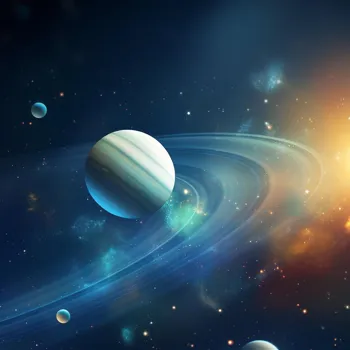
These planetesimals eventually coalesced to form the terrestrial planets: Mercury, Venus, Earth, and Mars. These planets are small, dense, and rocky, just like the stuff they were made of.
The planets closer to the sun formed first, and consist mostly of rock and metal as the other elements were too volatile to survive in the heat.
Gas giants form beyond frost line, icy planetesimals grow large, with thick atmospheres and moons
Further out in the solar system, beyond the "frost line," the temperature was cold enough for volatile substances to freeze into ice. This meant that the planetesimals in this region were composed of rock, metal, and ice.
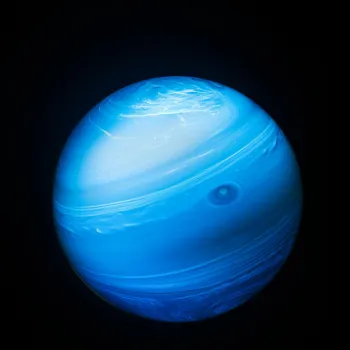
These icy planetesimals grew much larger than their rocky counterparts in the inner solar system, eventually becoming the gas giants: Jupiter and Saturn. These planets are massive, mostly composed of hydrogen and helium, and have thick atmospheres with multiple moons.
Beyond these behemoths lie Uranus and Neptune, the ice giants, which are smaller and contain a higher proportion of heavier elements. The gas giant planets attracted more gas and dust, which is why they become so big, and could form in cooler temperatures.




